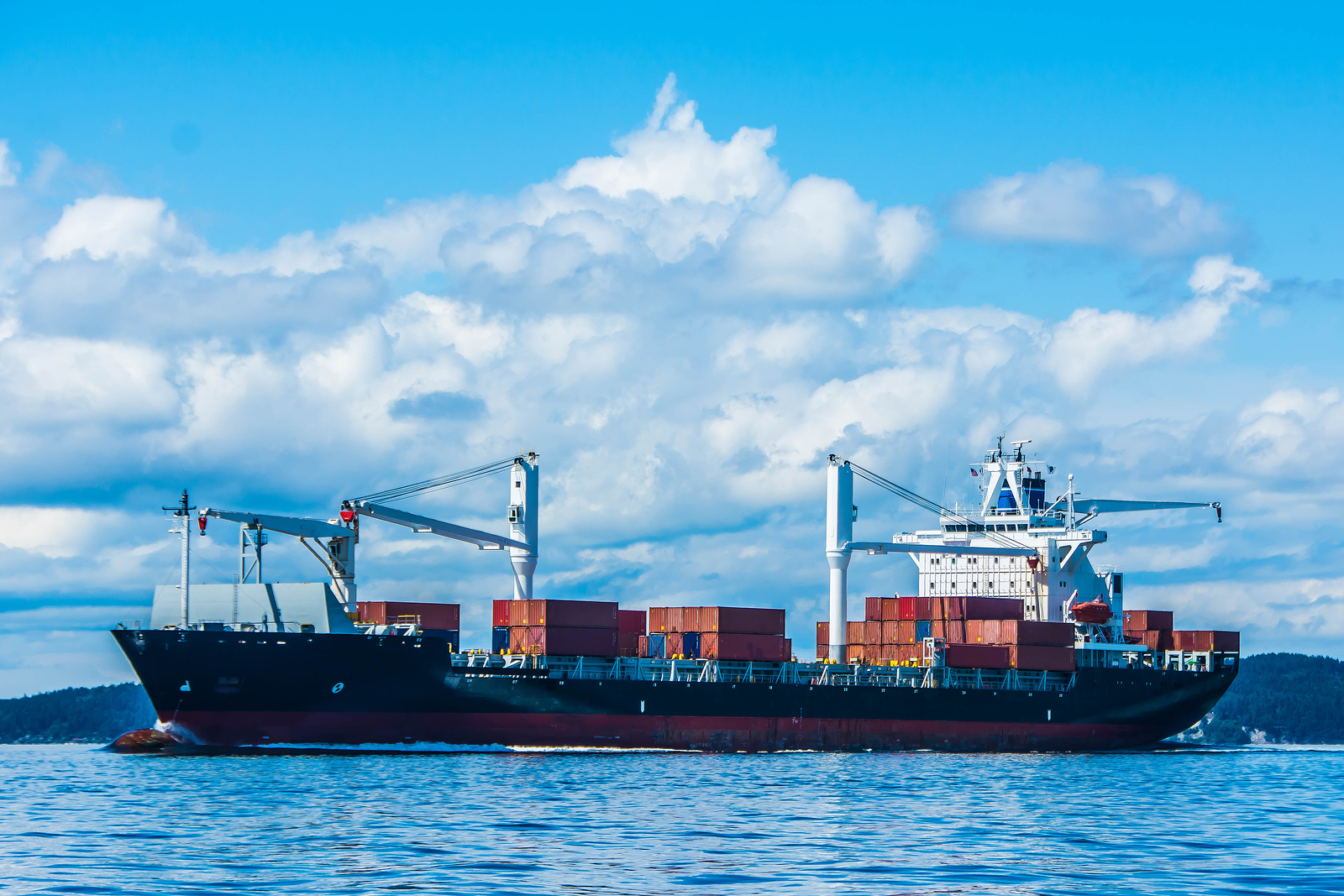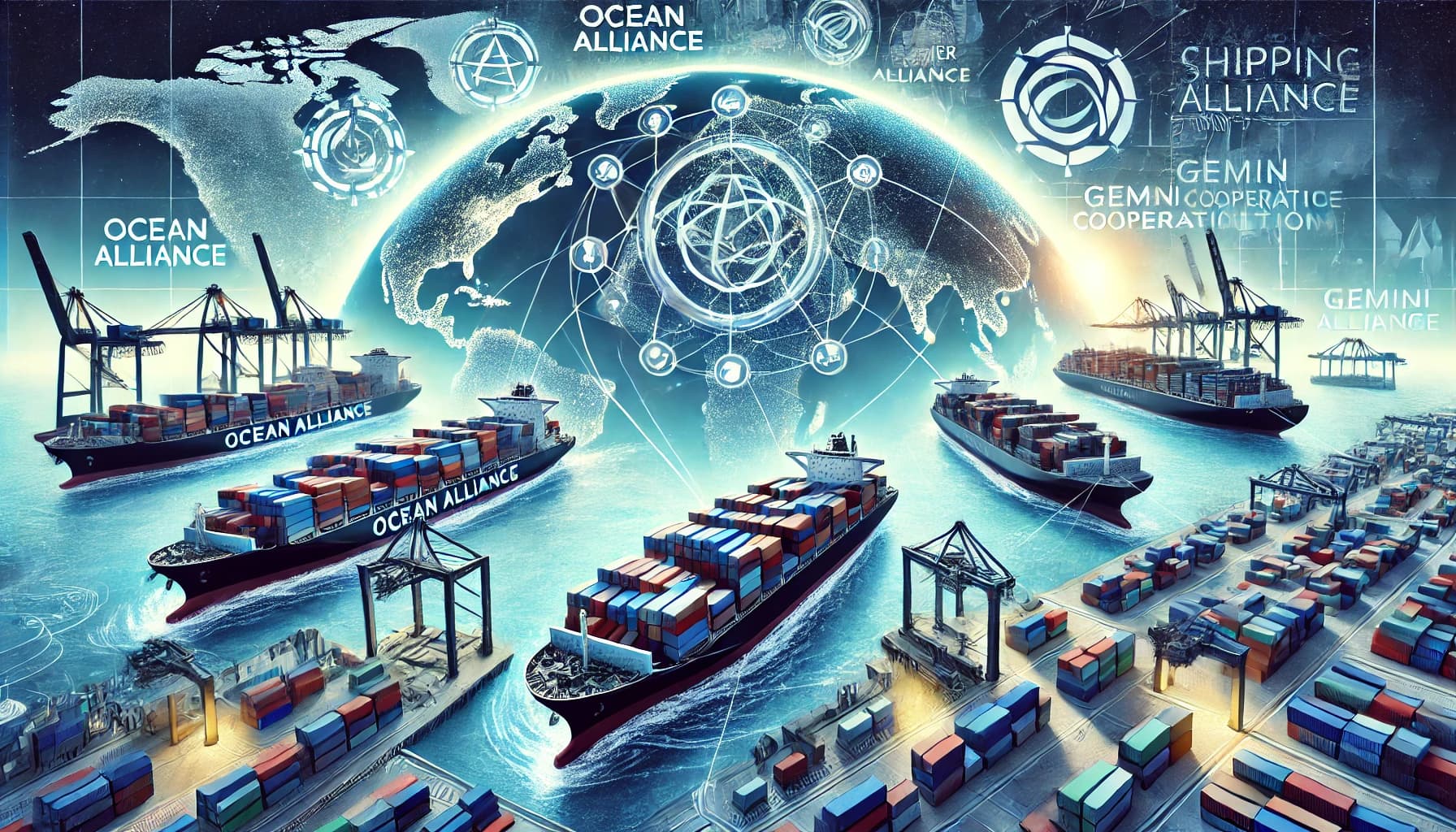Sea Trials: The Importance of Putting Ships to the Test

If you have even a passing interest in boats, ships and all things maritime, you might have heard of the expression 'sea trials'. But what are sea trials, why are they important and what do they actually involve? At sea, there are any number of factors affecting a voyage so it's crucial for shipowners to be prepared for anything. And this is where sea trials come into play.
Just like any means of transportation, trials are done to ensure a vehicle’s safety and worthiness whether on the road or at sea. Sea trials are a crucial procedure before a vessel leaves the port on its maiden voyage because it determines how safe the crew and passengers onboard are.
Let’s take a look at the definition, and the importance, of sea trials.
What are sea trials?
If you look at the dictionary it defines sea trials as a series of trial runs to test the performance of a new ship – generally speaking, sea trials are done to prove a ship’s seaworthiness.
A sea trial is usually a short series of tests conducted soon after construction is completed to ensure that every part works just the way it is expected to do. Every aspect of the ship will be tested – from how quickly it can change directions to how much water it takes in when sailing through rough seas. Plus, these sea trials will also reveal the flaws in the vessel’s design or construction (if there are any).
Sea trials are conducted for a variety of reasons such as to confirm that the ship meets its design intention as regards to performance, to predict performance during service, to prove that equipment can function properly in the shipboard environment, to provide data on which future ship designs can be based, and to determine its effect on human performance.

Sea trials typically assess the ship’s stability, speed, fuel consumption, and maneuverability. Trials are also used to troubleshoot issues that arise once a vessel is underway.
Read more: Your Guide to Types of Boats, Yachts, Ships & Vessels
In addition to this, there are 10 important tests to ensure ship safety and seaworthiness:
- Draft Measurement - This is when the measurement of the ship’s draft occurs – take note that draft is vital since it shapes and regulates a number of ship hydrostatic and hydrodynamic parameters.
- Anchor Test - The test is conducted at a sea depth of 80 meters where the anchor is heaved and its heaving speed is measured.
- Steering Gear Test - This is self-explanatory – it is where the maneuverability of the ship is tested.
- Main Engine Endurance Test - This is where the driving and prime component of the vessel is tested. For marine engines, the main engine should be running for 6 hours straight at full RPM to test its performance.
- Speed Trials - These trials are conducted to check the ship’s speed at the required draft as per the contract.
- Crash Stop Test - This is where the stopping ability of the vessel is tested.
- Astern Running - This tests the maneuvering capability of the vessel to run in the astern direction.
- Turning Circle Test - This measures the ship’s ability to complete one circle while running.
- Navigation Equipment - This assesses the operation of the equipment of the ship such as the radar, communication systems, and others to check they are running smoothly.
- Black Out Test - This test is done by conducting a complete blackout while on board where the automatic starting of the emergency diesel alternator set is assessed.
Furthermore, if a ship is badly designed or poorly constructed, it may lead to an accident during its first voyage. (This is why sea trials are important!) However, a ship can be saved from sinking or crashing if a sea trial is performed before it is launched.

Why are sea trials important?
Now that you have an idea of what a sea trial is, let’s talk about its importance in the maritime industry.
Let’s face it, while at sea, there is always a chance of something unexpected occurring – but sea trials make sure that in the event of something happening to the ship, the crew, and the passengers are safe. That’s the main purpose of a sea trial – to ensure the ship’s seaworthiness and safety whether sailing through calm or rough seas.
Don’t worry though because nowadays, most ships pass sea trials with flying colors!
Sea trials are a vital part of any vessel’s service life, allowing crews to test out new equipment, reveal flaws in the design or engineering, or just go though all the motions so that they know what to do when something goes wrong.
But they’re not just an essential part of a ship’s service life – they help keep both seafarers and passengers safe, and prevent delays, saving money in both time lost at sea and in ports or damage repairs.
Thanks to sea trials, you can be confident that the ship you’re on is safe and seaworthy because before it was sent to service, the trials have revealed its flaws thus the malfunctions or deficiencies of the ship are fixed before setting out to sail.

Sea trials - the importance of putting ships to the test: conclusion
Sea trials are a ship’s first taste of what it will be like to live its life at sea. Before it is launched on its first voyage, a ship will undergo a series of tests for its performance and seaworthiness. If everything checks out during the sea trials with no unforeseen problems during the trial, the ship will then be allowed to sail.
If you’re ever anxious about traveling by ship or boat, don’t be! Remember that ships undergo sea trials to prove their seaworthiness and safety before their first voyage – it’s additional knowledge you can use if you feel nervous about traveling by sea.
Looking for a job at sea? Don’t hesitate to visit our seafarer jobs page and you might find what you’re looking for!



